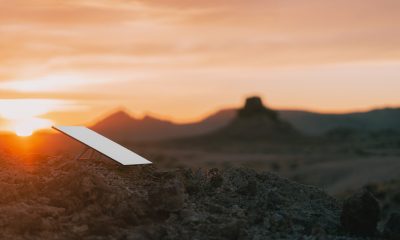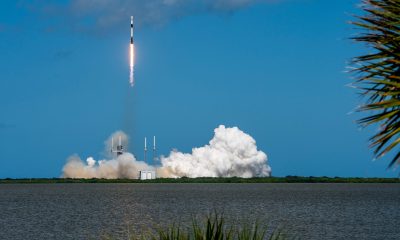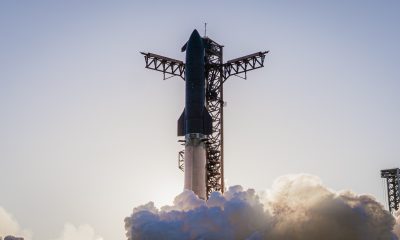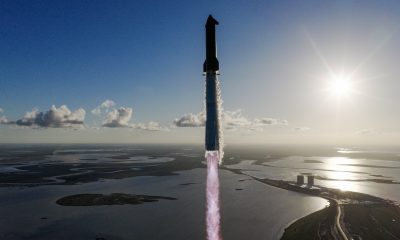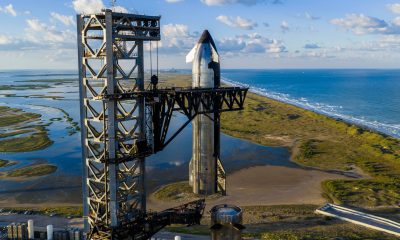News
SpaceX is partnering with chipmakers to enable Starlink satellite-to-cell service
President Gwynne Shotwell outlined the effort during a space industry conference in Paris.

SpaceX is working with microchip manufacturers to integrate satellite-connectivity hardware into smartphones, advancing its plan for direct-to-device services through Starlink.
The move follows the company’s $17 billion acquisition of wireless spectrum from EchoStar Corp., a deal that positions SpaceX to operate more independently of traditional telecom carriers.
President Gwynne Shotwell outlined the effort during a space industry conference in Paris this week, as noted in a Bloomberg News report.
Starlink direct-to-device
Starlink currently serves millions of customers in over 100 countries, primarily through ground-based dishes. The company, however, is now expanding into satellite-to-cell service, which should enable unmodified phones to connect directly with orbiting satellites. While SpaceX has a partnership with T-Mobile US, the EchoStar spectrum purchase gives it more control to negotiate with global carriers on its own terms.
“We’re working with chip manufacturers to get the proper chips in phones,” the SpaceX President stated. “We will now be initiating discussions with telcos in a different way now. Now it’s our spectrum, but we want to work with them, almost providing capacity and wholesaling capacity to their customers.”
The company plans to launch satellites capable of supporting its direct-to-device business within two years, with early mobile phone testing expected by late 2026.
Starship program continues test flights
Shotwell also addressed SpaceX’s Starship program, which recently completed its 10th test flight in August. She said the mission met all objectives, providing a critical morale boost to teams after a challenging development year.
“My Starship team needed that win,” Shotwell noted. “Development programs always are kind of a 24/7 operation, and I was really pleased for them.”
SpaceX is planning to fly one more iteration of the current Starship prototype, known as V2, before transitioning to the next-generation V3 vehicle. That version, expected to debut late this year or early 2026, is designed to be more capable and support eventual crewed missions to the Moon and Mars.
“The V3, which we want to fly hopefully late this year, but maybe early next year, is really the vehicle that could take humans to the moon and Mars,” Shotwell stated.
News
GM takes latest step to avoid disaster as EV efforts get derailed
There was an even larger step taken this morning, as the Detroit Free Press reported that GM was idling its Factory Zero plant in Michigan until late November, placing about 1,200 workers on indefinite layoff status.
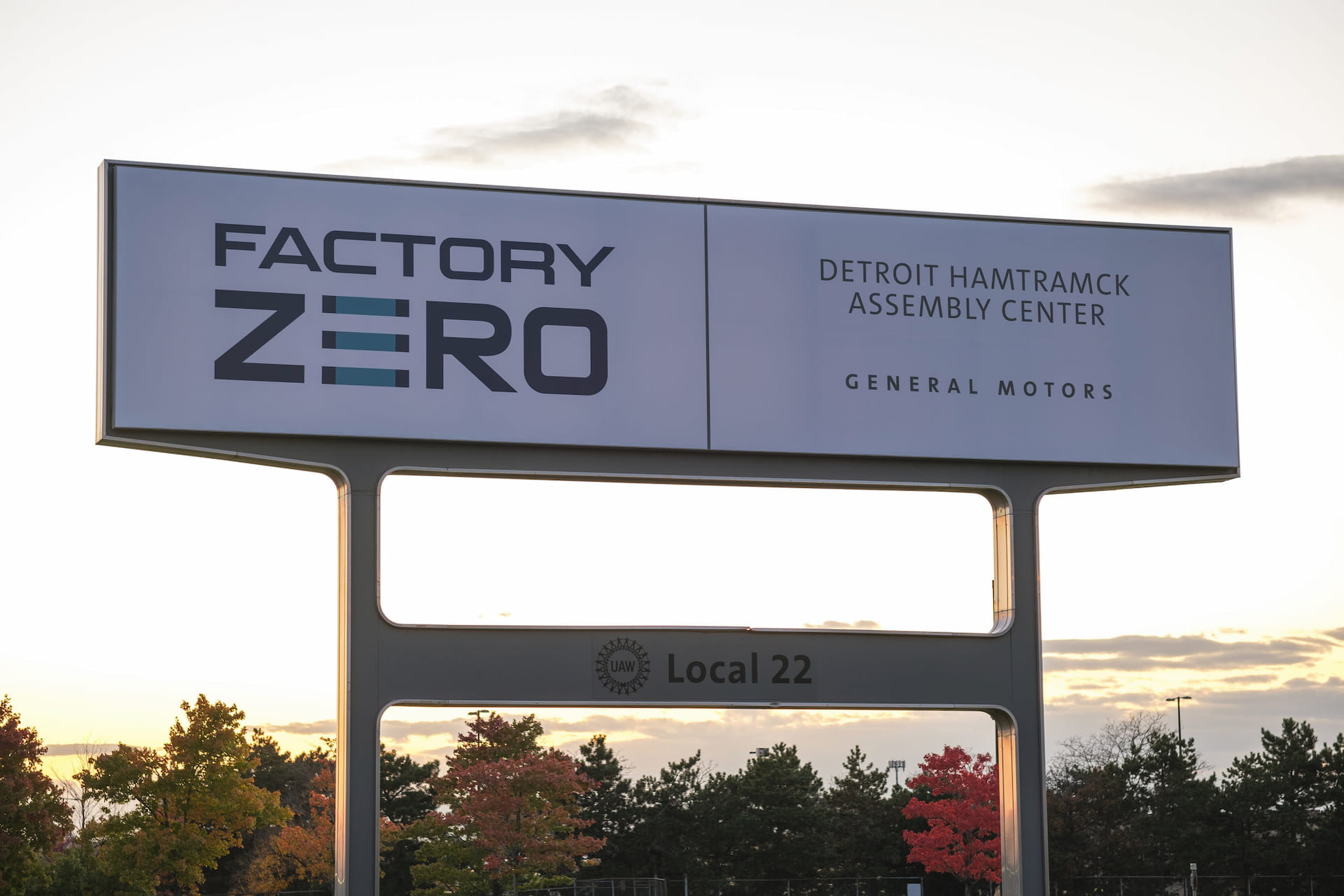
General Motors has taken its latest step to avoid financial disaster as its electric vehicle efforts have been widely derailed.
GM’s electric vehicle manufacturing efforts started off hot, and CEO Mary Barra seemed to have a real hold on how the industry and consumers were starting to evolve toward sustainable powertrains. Even former President Joe Biden commended her as being a major force in the global transition to EVs.
However, the company’s plans have not gone as they’ve drawn them up. GM has reported some underwhelming delivery figures in recent quarters, and with the loss of the $7,500 tax credit, the company is planning for what is likely a substantial setback in its entire EV division.
Earlier this month, the company reported it would include a $1.6 billion charge in its quarterly earnings results from EV investments. It was the first true sign that things with GM’s EV projects were going to slow down.
There was an even larger step taken this morning, as the Detroit Free Press reported that GM was idling its Factory Zero plant in Michigan until late November, placing about 1,200 workers on indefinite layoff status.
This is in addition to the 280 employees it has already laid off after production cuts that happened earlier this year at the Detroit-Hamtramck plant.
After November 24, GM will bring back 3,200 people to work until January 5 to operate both shifts. On January 5, GM is expected to keep 1,200 workers on indefinite layoff.
GM is not the only legacy automaker to make a move like this, as Ford has also started to make a move that reflects a cautious tone regarding how far and how committed it can be to its EV efforts.
After the tax credit was lost, it seemed to be a game of who would be able to float their efforts longest without the government’s help. Tesla CEO Elon Musk long said that the loss of these subsidies would help the company and hurt its competitors, and so far, that is what we are seeing.
Elon Musk was right all along about Tesla’s rivals and EV subsidies
However, Tesla still has some things to figure out, including how its delivery numbers will be without the tax credit. Its best quarter came in Q3 as the credit was expiring, but Tesla did roll out some more affordable models after the turn of the quarter.
News
Tesla expands Robotaxi geofence, but not the garage
This has broadened its geofence to nearly three times the size of Waymo’s current service area, which is great from a comparative standpoint. However, there seems to be something that also needs to be expanded as the geofence gets larger: the size of the Robotaxi fleet.
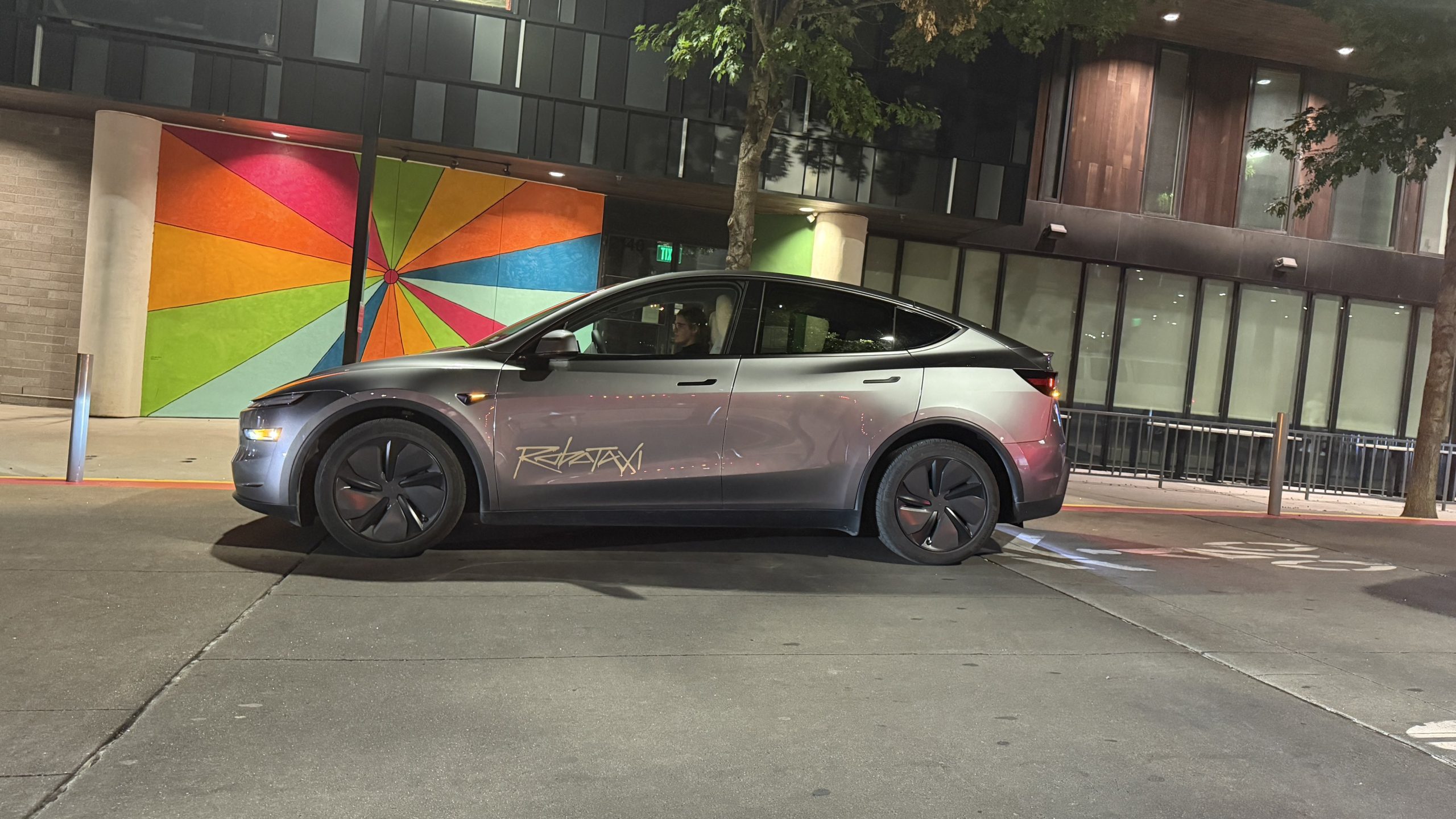
Tesla has expanded its Robotaxi geofence four times, once as recently as this week.
However, the company has seemingly kept its fleet size relatively small compared to the size of the service area, making some people — even pro-Tesla influencers — ask for more transparency and an expansion of the number of vehicles it has operating.
Over the past four months, Tesla has done an excellent job of maintaining growth with its service area in Austin as it continues to roll out the early stages of what is the Robotaxi platform.
The most recent expansion brought its size from 170 square miles (440.298 sq. km) to 243 square miles (629.367 sq. km).
Tesla sends clear message to Waymo with latest Austin Robotaxi move
This has broadened its geofence to nearly three times the size of Waymo’s current service area, which is great from a comparative standpoint. However, there seems to be something that also needs to be expanded as the geofence gets larger: the size of the Robotaxi fleet.
Tesla has never revealed exactly how many Model Y vehicles it is using in Austin for its partially driverless ride-hailing service (We say partial because the Safety Monitor moves to the driver’s seat for freeway routes).
When it first launched Robotaxi, Tesla said it would be a small fleet size, between 10 and 20 vehicles. In late August, after its second expansion of the service area, it then said it “also increased the number of cars available by 50 percent.”
The problem is, nobody knows how many cars were in the fleet to begin with, so there’s no real concrete figure on how many Robotaxis were available.
This has caused some frustration for users, who have talked about the inability to get rides smoothly. As the geofence has gotten larger, there has only been one mentioned increase in the fleet.
Trying to book a RoboTaxi in the new geofence and can’t get paired with a car.
Really think Tesla needs to add more cars to the fleet in Austin. Has become tougher and tougher to use the service reliably @elonmusk pic.twitter.com/KHqea3oUxU
— Farzad (@farzyness) October 29, 2025
Tesla did not reveal any new figures or expansion plans in terms of fleet size in the recent Q3 Earnings Call, but there is still a true frustration among many because the company will not reveal an exact figure.
News
Tesla recalls 6,197 Cybertrucks for light bar adhesive issue
On October 20, Tesla issued a voluntary recall of the impacted vehicles and has identified 619 warranty claims and just a single field report that is related to the issue.
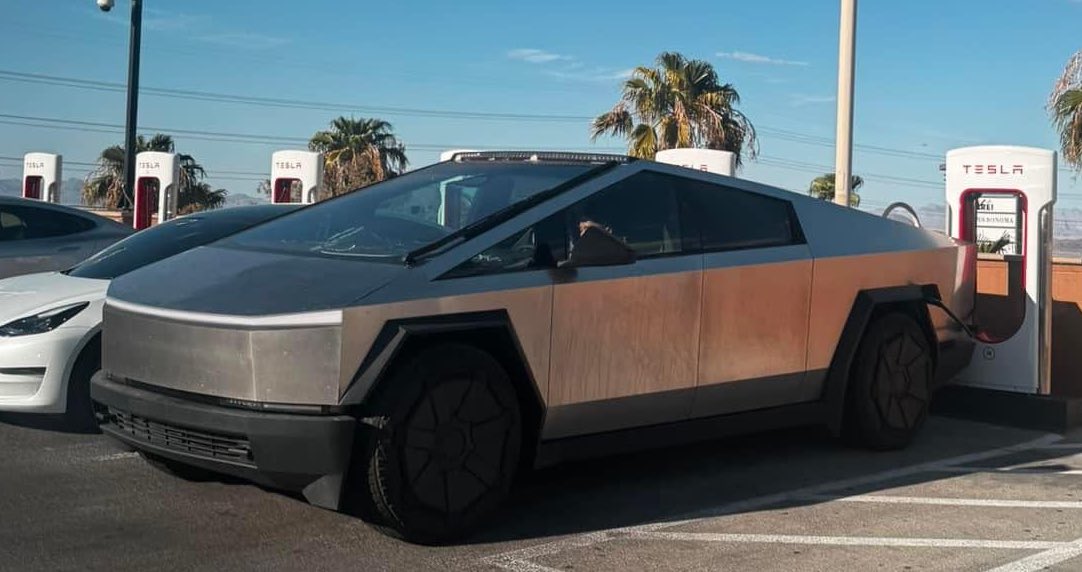
Tesla has recalled 6,197 Cybertrucks for a light bar adhesive issue that was utilized by Service to install the aftermarket part.
According to the National Highway Traffic Safety Administration (NHTSA), impacted vehicles may have had the light bar “inadvertently attached to the windshield using the incorrect surface primer.”
Tesla identified an issue with the light bar’s adhesion to glass back in February and worked for months to find a solution. In October, the company performed chemical testing as a part of an engineering study and determined the root cause as the BetaPrime primer it utilized, figuring out that it was not the right surface priming material to use for this specific application.
On October 20, Tesla issued a voluntary recall of the impacted vehicles and has identified 619 warranty claims and just a single field report that is related to the issue.
The component is manufactured by a Romanian company called Hella Romania S.R.L., but the issue is not the primer’s quality. Instead, it is simply the fact that it is not the correct adhesive for this specific type of application.
Tesla says there are no reports of injuries or deaths due to this issue, and it will be resolved. In the 473 report that the NHTSA released this morning, Tesla said:
“At no charge to customers, Tesla will inspect the service-installed optional off-road light bar accessory for delamination or damage and if either is present, replace the light bar with a new light bar adhered with tape and a positive mechanical attachment. If no delamination or damage is present, Tesla will retrofit the service-installed optional off-road light bar accessory with a positive mechanical attachment.”
This is the third recall applied to Cybertrucks this year, as one on March 18 highlighted the potential for exterior trim panels to detach while driving, and another earlier this month when the NHTSA said its front parking lights were too bright.
Tesla resolved the first with a free assembly replacement, while the headlight issue was fixed with an Over-the-Air software update earlier this week. Owners said there was a noticeable difference in the brightness of the lights now compared to previously.
-

 Elon Musk2 weeks ago
Elon Musk2 weeks agoSpaceX posts Starship booster feat that’s so nutty, it doesn’t even look real
-

 Elon Musk2 weeks ago
Elon Musk2 weeks agoTesla Full Self-Driving gets an offer to be insured for ‘almost free’
-

 News2 weeks ago
News2 weeks agoElon Musk confirms Tesla FSD V14.2 will see widespread rollout
-

 News2 weeks ago
News2 weeks agoTesla is adding an interesting feature to its centerscreen in a coming update
-

 News2 weeks ago
News2 weeks agoTesla widens rollout of new Full Self-Driving suite to more owners
-

 Elon Musk2 weeks ago
Elon Musk2 weeks agoTesla CEO Elon Musk’s $1 trillion pay package hits first adversity from proxy firm
-

 News2 weeks ago
News2 weeks agoTesla might be doing away with a long-included feature with its vehicles
-
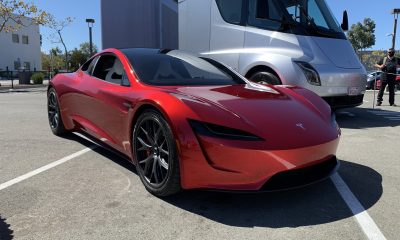
 News1 week ago
News1 week agoTesla updates fans on its plans for the Roadster


